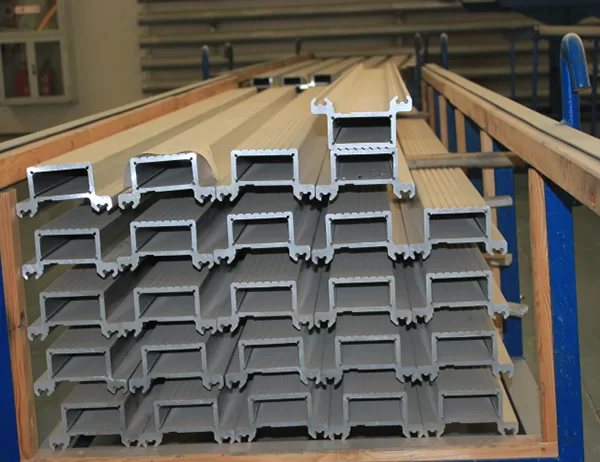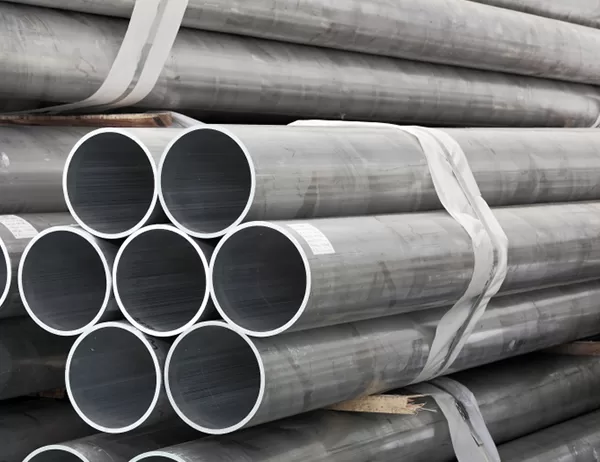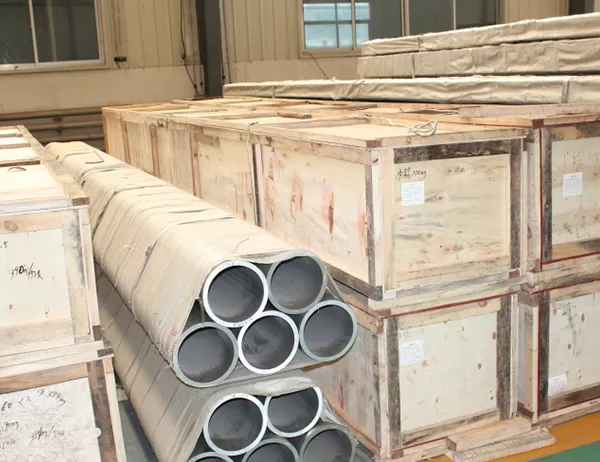Aluminum frame profiles are versatile and widely used in various industries due to their exceptional combination of strength, durability, and aesthetic appeal. Understanding the different types and applications of aluminum frame profiles is crucial for making informed decisions in various design and construction projects. This article provides a comprehensive overview of the topic to assist readers in grasping the nuances of aluminum frame profiles.
Aluminum frame profiles come in a myriad of shapes and sizes, catering to diverse functional and aesthetic requirements. Some common types include:
– Solid Profiles: These profiles are manufactured from a single extrusion process, resulting in a solid and rigid structure. They are commonly used in structural applications like window frames, door frames, and industrial machinery.
– Hollow Profiles: Unlike solid profiles, hollow profiles feature an internal cavity along their length. This design offers a lightweight solution while maintaining substantial strength, making them suitable for applications where weight optimization is crucial, such as aerospace and transportation.
– Complex Profiles: Complex profiles are designed with intricate shapes and multiple chambers to enhance their structural capabilities or accommodate specific functionalities, like thermal insulation or sound absorption.
The versatility of aluminum frame profiles extends to a wide range of applications across multiple industries. Some notable examples include:
– Construction: Aluminum frames are extensively used in doors, windows, curtain walls, and other structural components in commercial and residential buildings. Their exceptional durability and low maintenance make them an ideal choice for high-traffic areas and challenging environments.
– Automotive: The automotive industry employs aluminum frame profiles in car bodies, chassis, and other components. Their lightweight and high strength-to-weight ratio contribute to enhanced fuel efficiency and improved performance.
– Aerospace: Aluminum alloys are highly valued in aerospace applications due to their exceptional strength-to-weight ratio and resistance to corrosion. Aluminum frame profiles are used in aircraft wings, fuselages, and other critical structural components.
– Electronics: Aluminum frames provide robust enclosures for electronic devices, offering protection against electromagnetic interference and external damage. Their ability to dissipate heat makes them suitable for applications involving high-power electronics.
Aluminum frame profiles offer numerous advantages over other materials, which contribute to their popularity in various industries:
– Lightweight: Aluminum is a lightweight metal, making it an ideal choice for applications where weight minimization is a concern.
– Durable: Aluminum alloys exhibit excellent corrosion resistance and can withstand harsh environmental conditions, ensuring long-lasting performance.
– Strong: Aluminum frame profiles possess high strength-to-weight ratios, enabling them to handle significant loads while maintaining structural integrity.
– Versatile: Aluminum frame profiles can be customized to suit specific shape, size, and finish requirements, meeting diverse design and functional needs.
– Cost-effective: Aluminum frame profiles offer a cost-effective solution compared to other materials, providing an excellent balance of performance and affordability.




